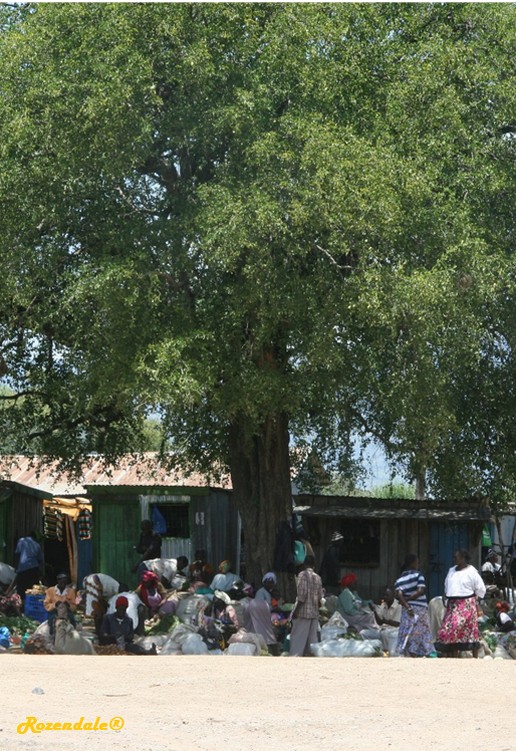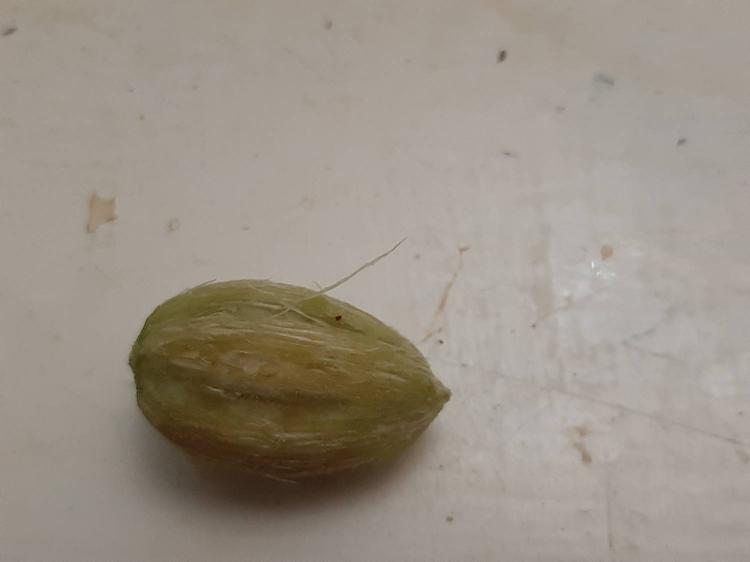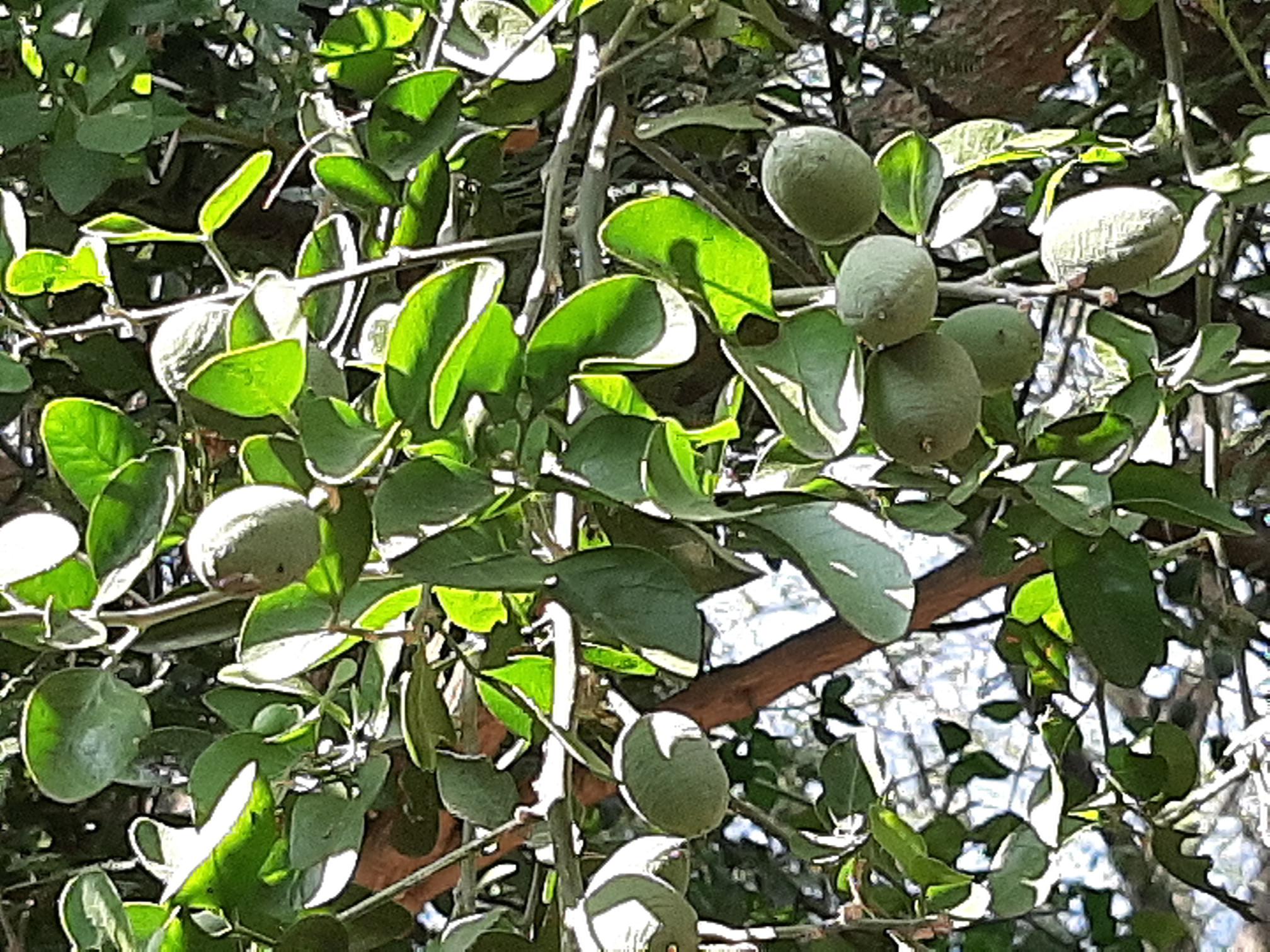Sidebar
Balanites - Balanites aegyptiaca
Description and Uses
Balanites aegyptiaca (Balanites) is a tropical tree from East Africa. It is mainly grown for its oil crops (long shelflife), but also Other uses include; fodder, fruit, gum resin, oil, ornamental, poison herbicide and timber can be produced. The crop is harvested by ground gathering. It starts flowering after 5 - 8 years. The fruit is edible. Medical uses include; Array The root contains balanitin (? - ?). There is Balanites oil extracted by expeller pressing from the tree`s seed/nut yielding 45 - 46% oil. The tree`s wood is called Balanites wood and has a density of 700 - 800 kg/m³. Regarding firewood production the tree`s growing speed is slow, its energetic value is 4600 ckal/kg and the wood`s drying speed is fast; for firewood production it is not ideal. After 60 years the tree can be totally removed as it reached its commercial and ecological goal. Balanites aegyptiaca has a lifespan of 120 years.
Environmental limitations
The tree is 10 meters tall. It is slow growing and tolerates not less light than full sun. Balanites aegyptiaca has a deep root-system and forms symbiotic relations it has symbiotic associations with the Glomus intraradices fungus. (endo-mycorrhiza). It is not able to fix nitrogen. The tree`s flower-morphology is hermaphroditic and is pollinated by insects. Balanites aegyptiaca is evergreen and not allelopathic and has thorns.
Balanites aegyptiaca thrives in an altitude of 0 to 2000 meters above sea-level (tropical). The minimum temperature is -1°C and optimally between 20 - 30°C. The optimal rainfall is 850 mm/year. Without irrigation the annual rainfall should be between 250 - 1200 mm (L/m²). The optimal soil-pH is between 6.0 - 9.0 in a soil texture of sand. To salt it is intolerant to wind a bit tolerant and to fire tolerant.
Pests and Diseases
is susceptible to Nomadacris septemfasciata as pest and to Leaf spot as disease diseases.
Seed Propagation
Seeds are orthodox and can be stored for 1 months. There are approximative 1000 seeds/kg. The seeds can be propagated as followed: (1) Store harvested seeds dry at room temperature, (2) Soak the seeds overnight in warm water before sowing., (3) press the seeds twice its size in the soil soil.
- Botanical Taxonomy -
|
|
|---|---|
| Clade | Rosids |
| Order | Zygophyllales |
| Family | Zygophyllaceae |
| Sub-family | Tribuloideae |
| Species | Balanites aegyptiaca |
| Common name | Balanites |
| Parameter | Rating |
|---|---|
| Fruit | 2.00 |
| Nut | 1.00 |
| Apiculture | 1.00 |
| Fodder | 3.00 |
| Medicinal | 3.00 |
| Oil | 0.00 |
| Timber | 4.00 |
| Firewood | |
| Grow-speed | slow |
See also |
|
|---|---|
Completed species |
|
|---|---|
|
|
|







